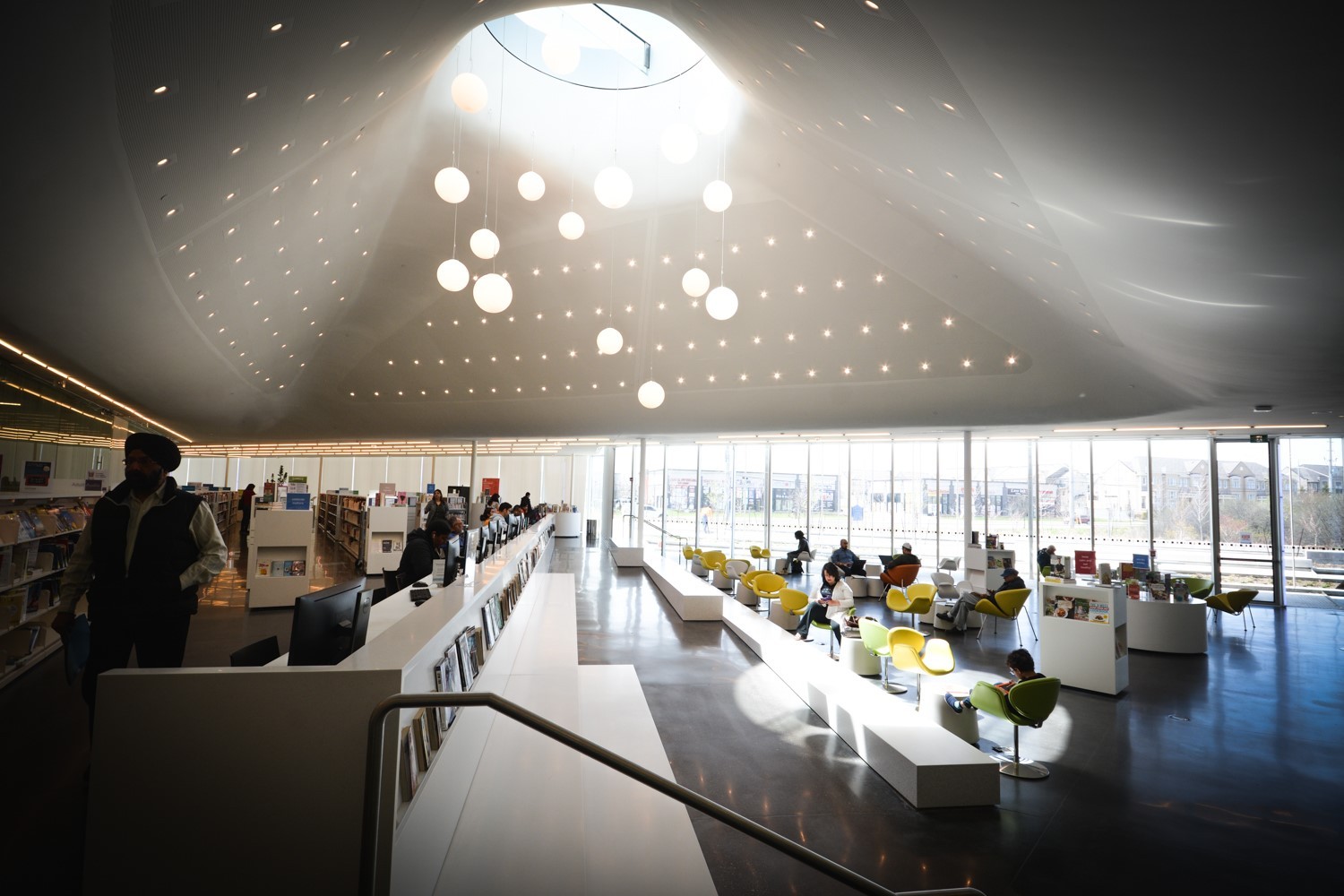
A renaissance for Brampton’s public libraries
Library memories are special memories.
The creaking of the heavy metal flap as a book slides into the return bin, the crinkling plastic of a jacket cover as the spine of a text is bent open. The smell. The feel. The idea that, inside these walls, there are answers to the things we wonder about.
For Rebecca Raven, it’s the book bag. One that hauled all of her loaned titles each time she made a trip to her local library in Hamilton with her mom many years ago.
“Honestly, (it’s) among my earlier memories in my life, going to the library with my mother.”
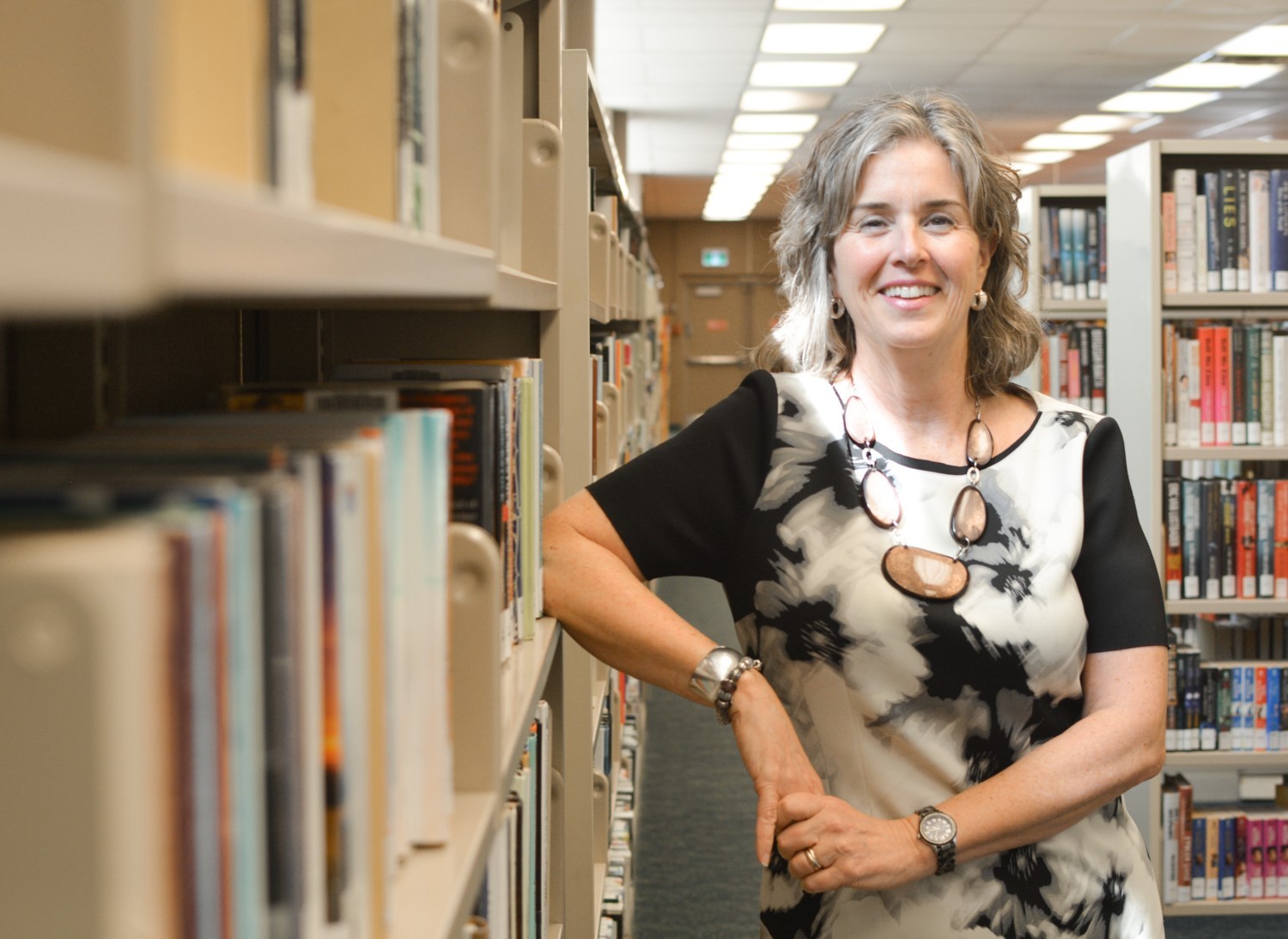
CEO of the Brampton Public Library, Rebecca Raven
For decades, libraries held a wondrous place in the collective experience, as castles of fact. If you needed a question answered, you went to the library, pulled out a book, and found it. Even more magical are the memories of going down to the local library as a child and getting lost in the worlds of Dr. Seuss, Rudyard Kipling, Beatrix Potter and the rest of the wizards who spun tales that have mesmerized kids for centuries.
As one generation of users aged, their memories yellowing with nostalgia like the pages of their favourite books growing old on the shelves, things started to change.
The crisp, cream-coloured pages on the stacks were replaced by the blue glow of technology. The Internet, Google, and the smartphone seemed to be the triple punch that would knock libraries out of existence.
“Those were some dark, dark times,” Raven says.
Now, as CEO of the Brampton Public Library, Raven sees a bright future for libraries, filled with innovation, change, and — obviously — books.
Libraries across the country have been innovating and changing to adapt to a new role in today’s society, in which they continue to offer resources, like those fact-filled encyclopedias in years past, but differently.
In Brampton, residents are still flocking by the thousands to use libraries. Perhaps the city as a whole can learn a lesson from the BPL’s success?
Standing before the newest branch of the BPL, it looks more like the headquarters of a Silicon Valley tech company than the public library of old. Glass walls reveal lively movement on the inside and reflect the baby-blue sky on the outside.
Even from the outside, it feels like you’re standing among the shelves of books. The assemblage of glass and metal almost beckons you to step inside.
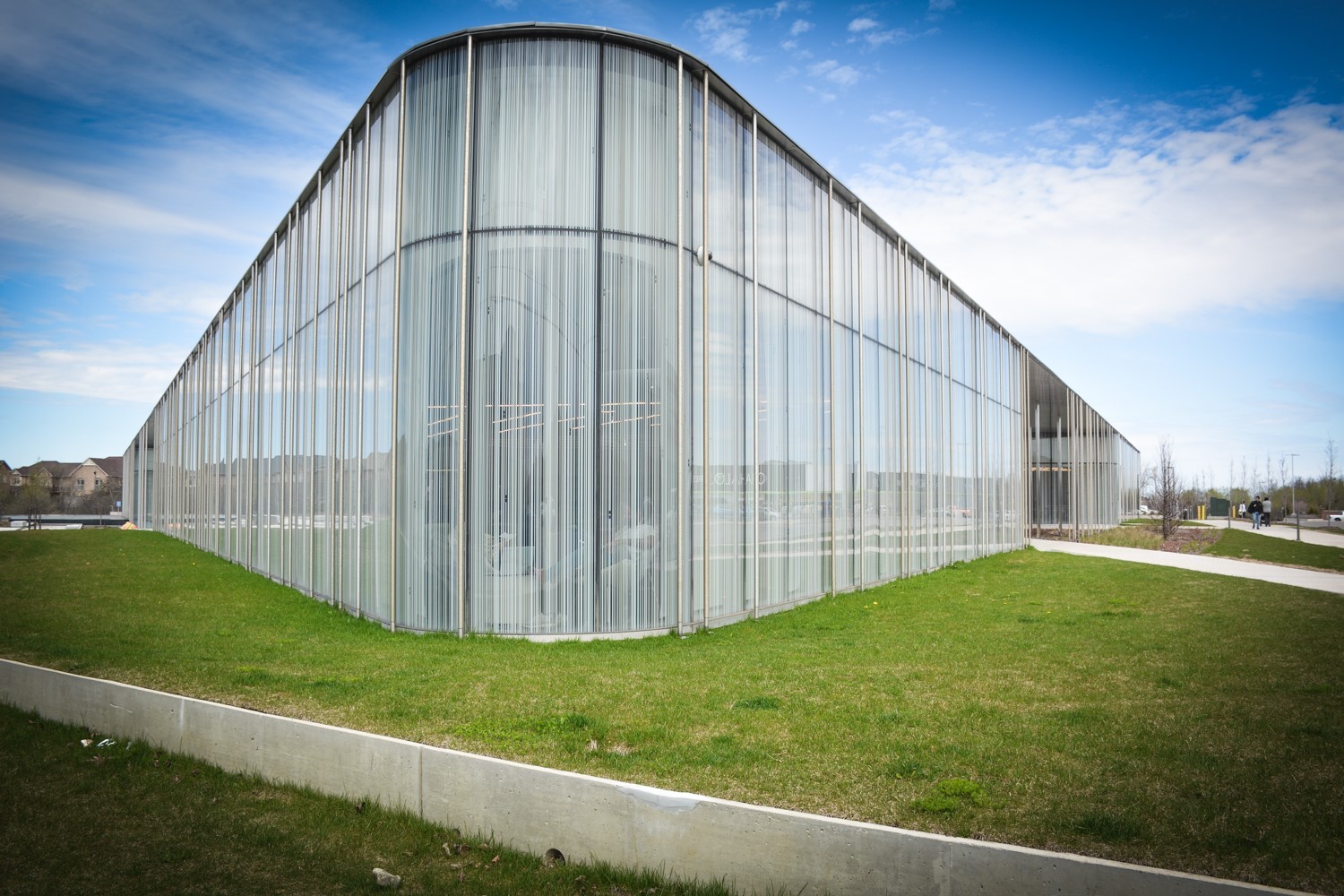
The Springdale branch represents everything the Brampton library system has become. Modern, streamlined, plugged in, and perhaps most important of all, sustainable, in more ways than one.
The youngest sibling among six other branches, Springdale stands out. Like a diamond in a handful of pebbles, it’s a stark contrast to the much larger and architecturally overbearing older branches. That was done on purpose.
“If you lived in Brampton and the only libraries you’d been to were Four Corners and Chinguacousy … Chinguacousy now is a beautiful branch, but it’s inside a very foreboding building,” Raven says. “Even Gore Meadows, when you drive by along Gore Road, it’s set far back from the road, and it’s an enormous facility.”
When thinking about a library, one does not always consider the architecture and its effects, which for many are felt unconsciously.
“If you don’t know your way around, if you’re not confident in the language, if you come from a community or a country where municipal services or government is questionable, Gore Meadows is not throwing its arms out to you along that road, saying, ‘Come on in!’” Raven explains. “Everything else spins down from there … that’s why it was really important that Springdale, literally, be made of glass.”
Inside the branch, there’s a wealth of contradictions. Bright light pushes into the shadows among the stacks of books. Those books rest next to glass walls surrounding 3D printers and vinyl cutting machines. Smiling, helpful voices direct from the front desk toward an interior that is quiet, filled with individuals devoted to their own studies before books and computers. All the services are free with a BPL card.
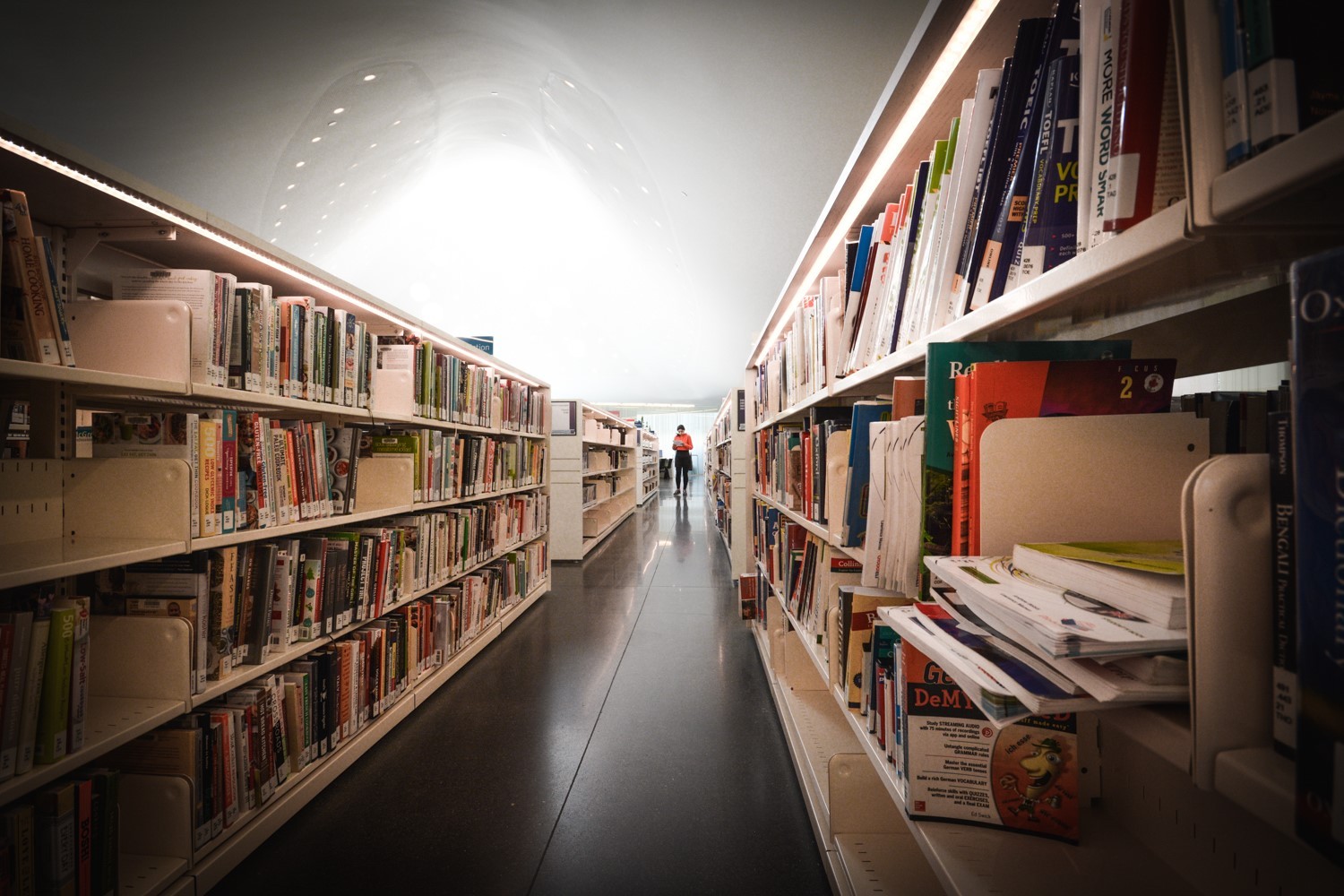
Librarian Ben Smeets, fresh off touring a young class visit through the branch, explains the Makerspace, its tools and its support for the local community.
One local entrepreneur is in the space on a daily basis, printing stickers on the vinyl machine and moulding keychains on the 3D printer, to support marketing efforts for his local business.
A 3D printer is silently shifting in the background, plastic coil transitioning into what appears to be a piece of a turtle’s torso. The project is being completed in conjunction with Heart Lake Conservation Area, the Toronto and Region Conservation Authority (TRCA), and local schools, whose kids will paint the 3D turtles and place them in particular areas around Heart Lake as an awareness effort for turtle nesting grounds.
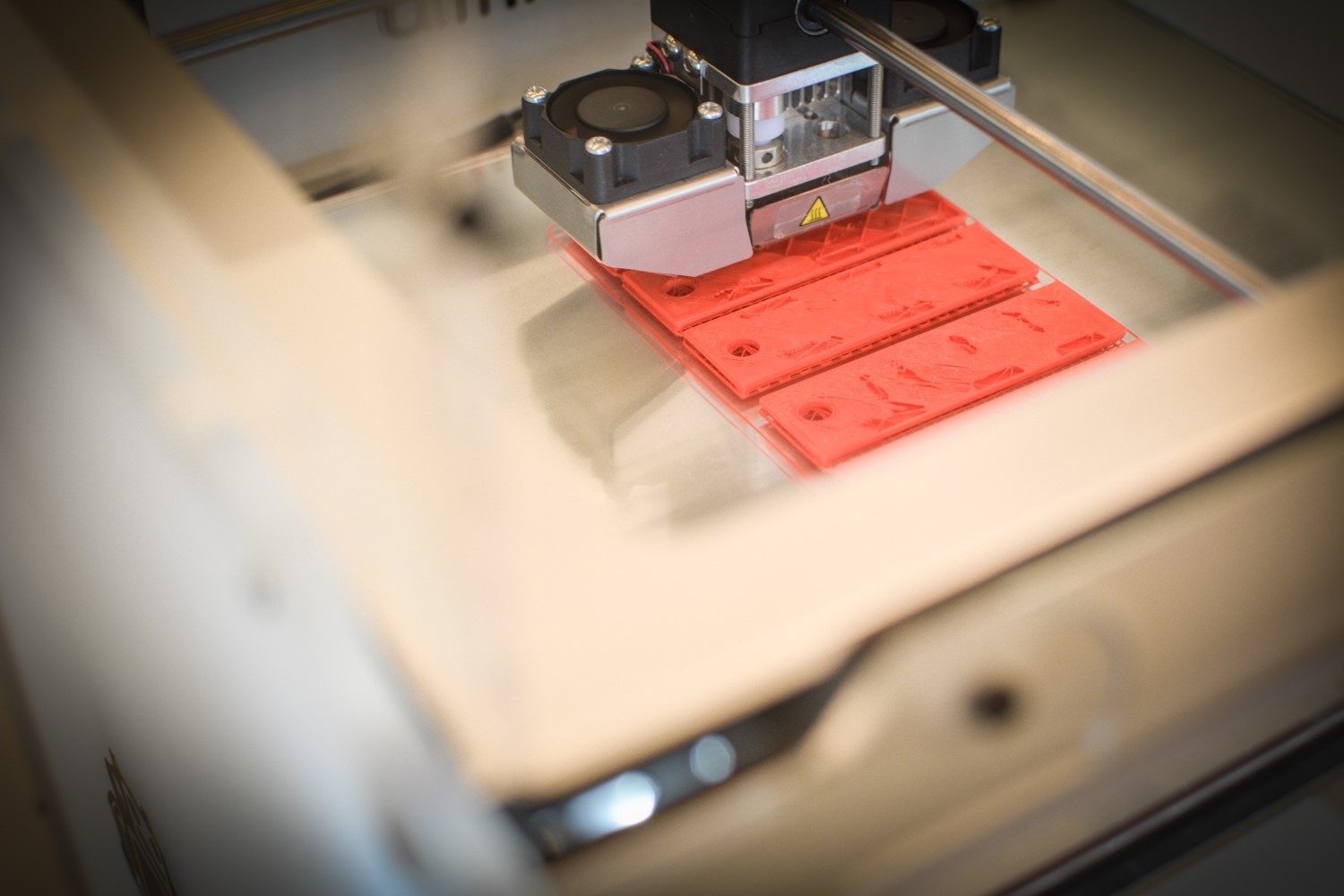
“Libraries have always been in the business of providing access to resources, and typically those resources are books, but they don’t always have to be,” Smeets says. “Now those resources can be something like a 3D printer that not everyone can afford at home, but you can come into your library and use it.”
However, like a turtle that will only grow as large as its tank, Brampton libraries are constrained by their space.
Currently, seven branches serve Brampton’s 600,000-plus population. Compare that with Mississauga, with a population over 721,000, which operates 18 branches. Hamilton, a city with a population of 579,000, operates 22 branches.
“So much of what happens here is dictated, literally, by our physical space,” Raven says.
Brampton’s space constraints are not news. In this year’s city budget, by its own measure, the municipality is not meeting its established service targets for libraries. The number of library holdings per capita for 2018 was 0.99, despite a target of 2.07, and library space per capita, based on square footage, was 0.35, despite a target of 0.6.
It’s a longstanding issue. A 2011 facilities needs assessment completed for Brampton libraries showed that the gap between Brampton and every other community that was benchmarked as part of the study was “significant.” “In nearly all categories, Brampton Library is lagging behind other public library systems,” the document says.
At that time, Brampton’s library space per capita sat around 0.25. The slight improvement only came with the opening of the Springdale branch last year.
In 2019, Brampton will be opening its eighth branch in the southwest area of the city. However, due to population growth in recent years, the addition of the new branch won’t significantly alter the city’s metrics.
“With the inclusion of the SouthWest branch, and based on current population figures, the square footage per capita will be in line with the 2018 metric,” a city spokesperson told The Pointer.
The limited space, in many ways, holds the library’s potential in a vise, and it raises questions about the availability of future programming.
In 2018, over 2 million residents visited the seven branches of the BPL, borrowing approximately 4.2 million free print and digital items from its collections. Additionally, 150,533 people — around a quarter of Brampton’s population — participated in free programs and workshops offered by the BPL. Even though Brampton council levied the first tax freeze the municipality has seen in many years, BPL received about a 4 percent bump to its operating budget in 2019. However, the tax freeze did have an impact, with little in the way of capital investment coming for the libraries.
Delayed projects included new library furniture, a purchase that has been pushed to 2021, despite statistics in the State of the City infrastructure report late last year that showed a quarter of the city’s library assets were in poor to very poor condition. Several facility repairs and replacements have also been delayed with that budget, dropping from an initial $16.1 million projected last year to $13.6 million this year.
“The city has historically underfunded libraries,” says Mayor Patrick Brown, noting the city will continue to work with BPL to find creative solutions. “We’re looking at other ways of doing things,” he says. “We’re going to work with the library board and administration to grow.”
Will that growth happen fast enough?
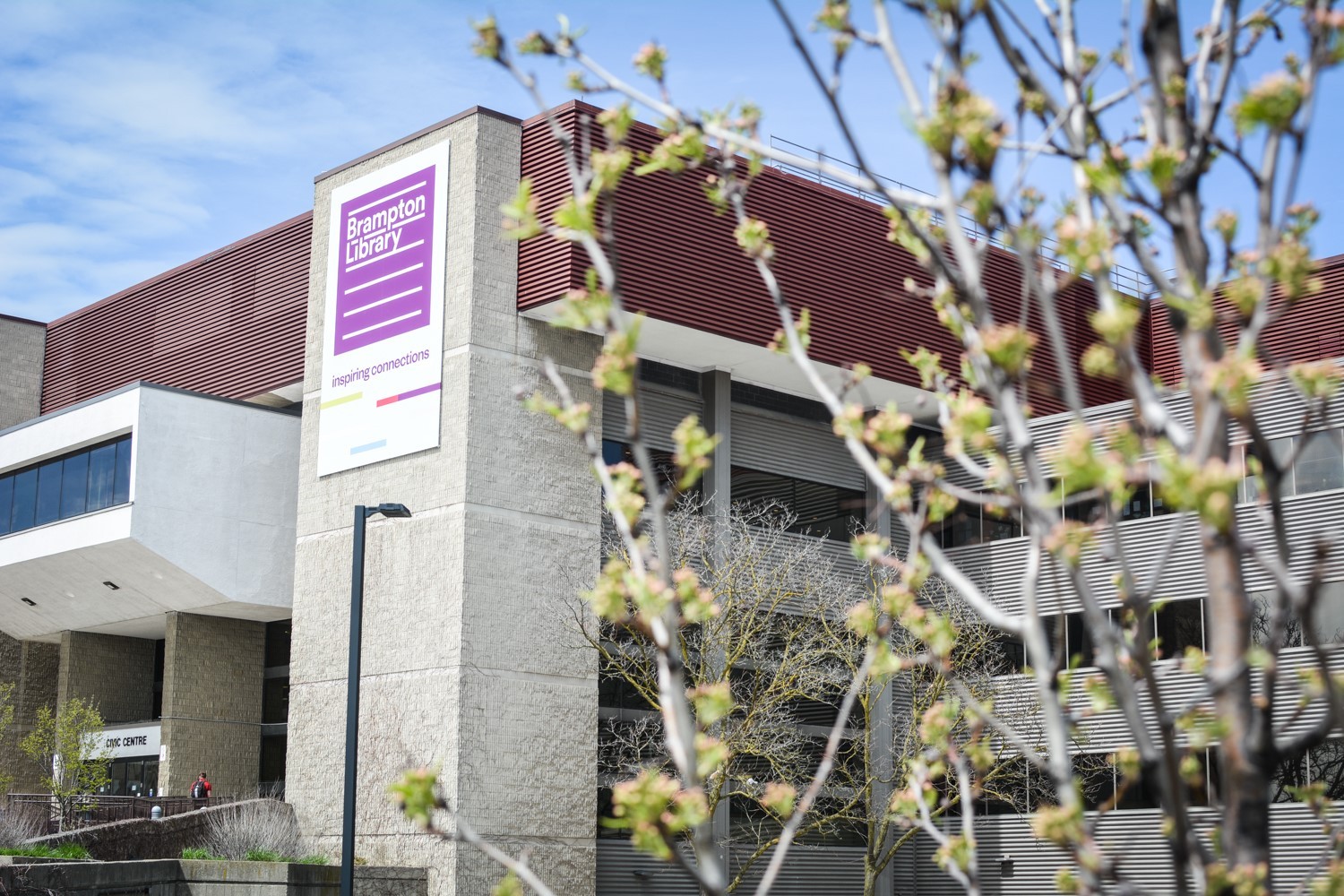
In the next 20 years, Peel Region is expected to grow by over 500,000 people, the majority of whom will settle in Brampton. With the slow pace of library expansion observed in recent years and chronic underfunding, will BPL continue to operate as effectively as it has?
If you ask Raven, there is always a bright side.
The lack of space definitely constrains the library, as the collections can only grow as big as the shelves and spaces available to store materials. However, the aging infrastructure could help the BPL move forward toward more effective means of serving the community.
“We’re never going to say no to more capital investment, but are we going to continue to build 30,000-square-foot facilities? Probably not at the rate we would need to catch up,” she says.
That means BPL needs to think outside the box.
Enter Brampton Library On the Go.
For residents of a certain age, the sight of a van passing by on the street with its instantly recognizable purple Brampton Library logo pasted on the side might be a reminder of the “bookmobiles” of the past.
This van is kind of like that, but just as BPL has brought the offerings in its physical branches into the modern era, it has done the same with its on-the-road offerings.
“It is loaded, not with books, but digital literacy, coding, circuits, LEGO robotics, and we can take that out onto the road into underserved areas,” Raven explains, her excitement evident in her voice.
With studies raising the alarm about declining literacy in Ontario — recent numbers show 30 percent of Grade 3 students not meeting provincial standards in reading — such programs from the BPL to encourage literacy, whether print or digital, are more important now than ever.
And with libraries evolving to become not just storehouses for books but hubs for entrepreneurship, business growth, and community connections, should Brampton start thinking about adding another?
“As much as the world has become more digital, I think there are some tremendous benefits to libraries in our community,” Brown says.
Many of those benefits are tangible — the books, the space, the opportunity for connections and growth — but for an institution rooted in the collective memory of cities and towns across the province, there are also benefits at a deeper, less visible level.
“We’re the great equalizer,” Raven says. ”Everyone who walks through our door experiences all our services in exactly the same way, regardless of where they’re coming from. And we’re all that’s left — no other agency, there’s no other place in our community” quite like that.
This “ultimate democratic experience,” as Raven labels it, provides the space and the resources that can bring people together and foster a healthy community.
They can also foster growth.
A study completed by the Urban Libraries Council in 2007 recognized the value libraries can provide for municipal growth, noting “the return on investment in public libraries not only benefits individuals, but also strengthens community capacity to address urgent issues related to economic development.”
Put in those terms, a glaring opportunity is staring Brampton in the face, and it comes from bringing two things together: a downtown that needs a central hub of activity, and a current student population with nowhere else to go.
“Do I think we could use a downtown central library? Yes, we could spend a lot of time talking about what a central library would do for this city,” Raven says.
In October, the city took a punch to the stomach when the PC government under Premier Doug Ford, one day after the fall municipal election, cut $90 million in funding that would have helped to create a satellite campus of Ryerson University in Brampton’s downtown.
The remnants of that plan are currently being hashed out, with Brampton planning a Centre for Innovation. But what exactly that means, and what will be included, is still up in the air.
Currently, the general vision for the centre includes a library, with little detail beyond that.
“The Library will be an important part of the Centre for Innovation and is currently in the planning stages as it relates to the scope and size of the building,” a city spokesperson said in an emailed response to The Pointer.
A central space for students to congregate downtown would have wide-reaching impacts for the city centre, as students studying there will mostly likely eat and spend more time downtown. The desire for such a space is clearly being seen by the BPL.
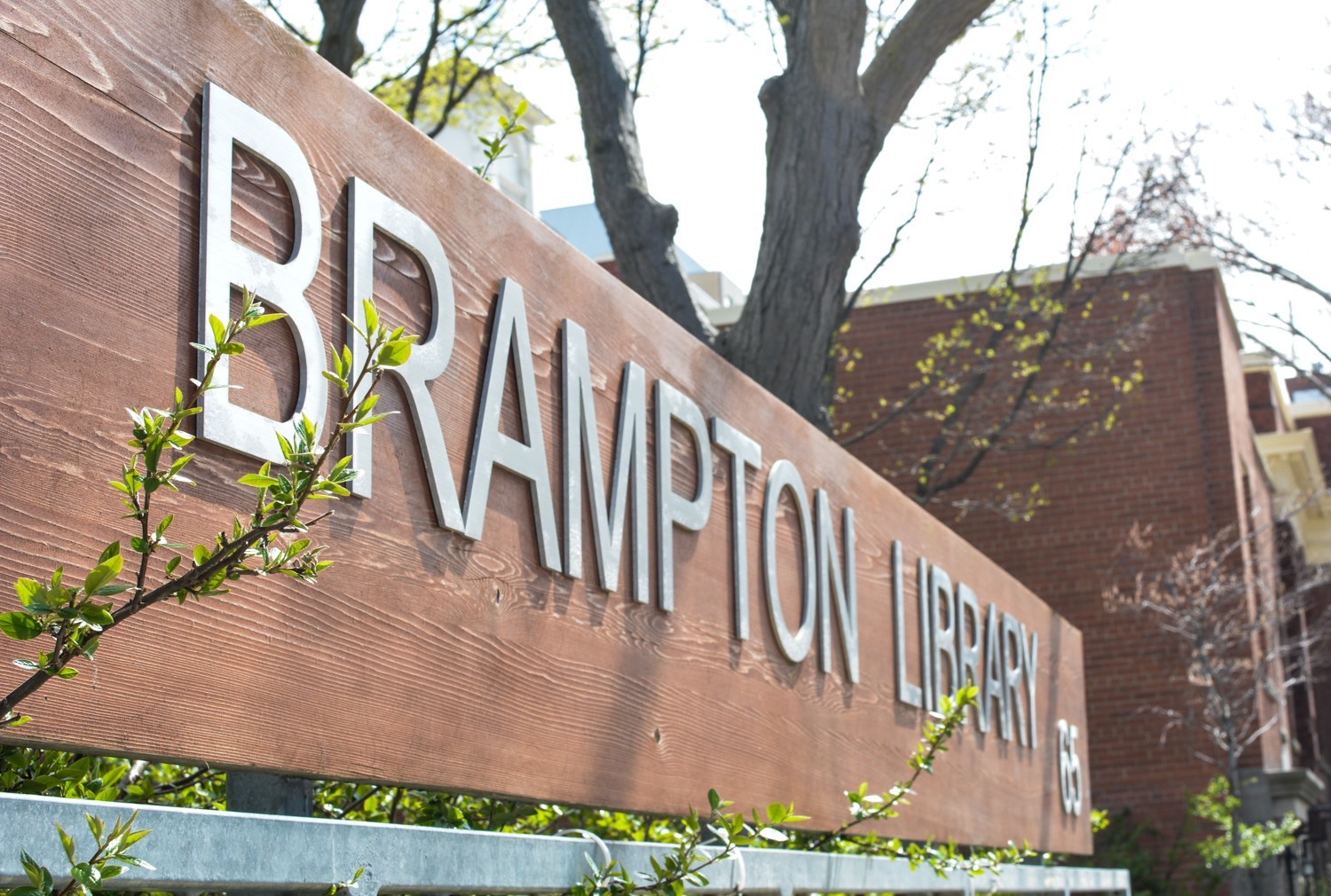
“The number one comment I hear from the public is more — we want more hours,” Raven says.
BPL has expanded its hours to meet community needs, including keeping four of its branches open for after-hours study halls on Fridays, Saturdays and Sunday nights. The halls are so popular, students are encouraged to register ahead of time to get a space.
A motion coming before council this week has council considering further investment in the Centre for Innovation. Some $100 million has already been committed to the project, and an additional $30 million pledge is being considered to add additional floors to the plan, plus another $30 million to make the centre a new transit hub.
According to the city’s report, 105,000 square feet is being designed for a “city library/collaboration zone.”
Back inside the Springdale branch, Smeets says libraries are increasingly becoming the glue that holds a community together.
“A lot of it is finding information for people; that’s always going to be the role of librarians, but increasingly so it’s about connections,” he says. “I think we have a very strong engagement with the community. Our spaces are very well used, they’re constantly busy. If you come after 4 o’clock on a weekday, it’s not uncommon to see every space filled.”
Raven, a veteran in the library sector, knows that this hasn’t always been the case, but after six years in Brampton, things have turned a corner. “Our business model had to change completely,” she says.
While the model and the offerings may have changed, the connection with the community remains the same. After the Internet, after Google, and after smart phones, people are still coming to the library for answers.
Whether it’s help with computers, setting up an iPad, or teaching the next generation the skills needed in digital and print literacy, libraries have evolved to fill needs in the community.
“Look, books are a good gig for us, we’re not looking to get out of the book business, the book business will always be good business for us, but by necessity, we have grown to match the needs of our community, and it’s a lot more, it’s so much more,” Raven says.
And as the BPL’s evolving nature suggests, they will have much more to offer Brampton in the years to come.
Email: [email protected]
Twitter: @JoeljWittnebel
Submit a correction about this story


